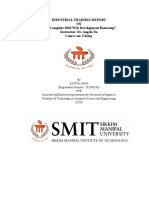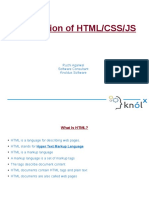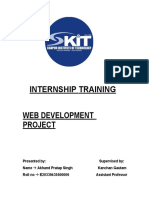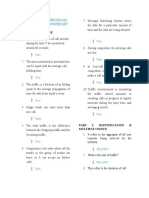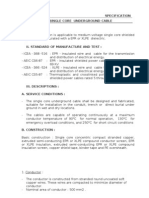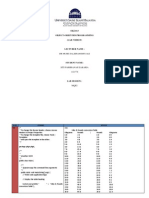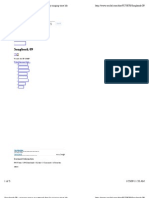0% found this document useful (0 votes)
10 views7 pagesPHP and Mysql Unit - 1
This document provides an overview of web development fundamentals, focusing on HTML, CSS, and JavaScript. It covers key concepts such as HTML tags, web servers, CSS styling properties, and JavaScript data types, operators, events, and functions. Additionally, it includes examples and summary tables for quick reference on web elements and programming concepts.
Uploaded by
kaushik3164070Copyright
© © All Rights Reserved
We take content rights seriously. If you suspect this is your content, claim it here.
Available Formats
Download as PDF, TXT or read online on Scribd
0% found this document useful (0 votes)
10 views7 pagesPHP and Mysql Unit - 1
This document provides an overview of web development fundamentals, focusing on HTML, CSS, and JavaScript. It covers key concepts such as HTML tags, web servers, CSS styling properties, and JavaScript data types, operators, events, and functions. Additionally, it includes examples and summary tables for quick reference on web elements and programming concepts.
Uploaded by
kaushik3164070Copyright
© © All Rights Reserved
We take content rights seriously. If you suspect this is your content, claim it here.
Available Formats
Download as PDF, TXT or read online on Scribd
/ 7











